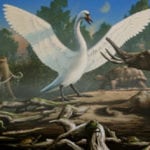 Our World
Our World  Our World
Our World  Pop Culture
Pop Culture 10 Incredible Female Comic Book Artists
 Crime
Crime 10 Terrifying Serial Killers from Centuries Ago
 Technology
Technology 10 Hilariously Over-Engineered Solutions to Simple Problems
 Miscellaneous
Miscellaneous 10 Ironic News Stories Straight out of an Alanis Morissette Song
 Politics
Politics 10 Lesser-Known Far-Right Groups of the 21st Century
 History
History Ten Revealing Facts about Daily Domestic Life in the Old West
 Weird Stuff
Weird Stuff 10 Everyday Products Surprisingly Made by Inmates
 Movies and TV
Movies and TV 10 Actors Dragged out of Retirement for One Key Role
 Creepy
Creepy 10 Lesser-Known Shapeshifter Legends from Around the World
 Our World
Our World 10 Science Facts That Will Change How You Look at the World
 Pop Culture
Pop Culture 10 Incredible Female Comic Book Artists
 Crime
Crime 10 Terrifying Serial Killers from Centuries Ago
Who's Behind Listverse?

Jamie Frater
Head Editor
Jamie founded Listverse due to an insatiable desire to share fascinating, obscure, and bizarre facts. He has been a guest speaker on numerous national radio and television stations and is a five time published author.
More About Us Technology
Technology 10 Hilariously Over-Engineered Solutions to Simple Problems
 Miscellaneous
Miscellaneous 10 Ironic News Stories Straight out of an Alanis Morissette Song
 Politics
Politics 10 Lesser-Known Far-Right Groups of the 21st Century
 History
History Ten Revealing Facts about Daily Domestic Life in the Old West
 Weird Stuff
Weird Stuff 10 Everyday Products Surprisingly Made by Inmates
 Movies and TV
Movies and TV 10 Actors Dragged out of Retirement for One Key Role
 Creepy
Creepy 10 Lesser-Known Shapeshifter Legends from Around the World
10 Real Nature Discoveries Freaky Enough To Be Fictional
Nature can be so serious. Most of the time, an intense survival game plays out. Yet, it is the more indirect side of the natural world—the quirks—that keep scientists on their toes. From the biggest organisms on the planet that nobody ever sees to the Sun setting off explosives, nature seems to have a strange sense of humor.
There are plenty of other cases. But as intriguing as they may be, this weirdness can get destructive. Sometimes, it not only tears apart human constructions but also the scientific community.
10 Haiting Hall
In 2017, an expedition from Hong Kong found a gigantic sinkhole. Located in the forest of Guangxi, it was named the Hong Kong Haiting Hall. A second expedition in 2018 scanned the inner dimensions and revealed a world-class wonder.
Haiting Hall is far from being a hole in the ground. After researchers lowered themselves into the pit, they found an epic cave complex hidden beneath the ground. The sheer size made the site very rare. In volume, it measured 6.7 million cubic meters (236 million ft3).
While 3-D mapping the interior, the team found halls, collapsed structures, craters, stone pillars, and water-polished rocks called cave pearls. The equipment also revealed that the sinkhole itself was 100 meters (328 ft) wide, around 118 meters (387 ft) deep, and almost 200 meters (656 ft) long.[1]
The 3-D scanning was not just for measuring the standard stuff. It could also help with the reconstruction of the signs suggesting that the sinkhole had suffered a collapse. This could throw light on its formation. Similar sinkholes are usually the result of collapse brought on by the erosion of underground rivers.
9 Antarctica’s Hot Spot
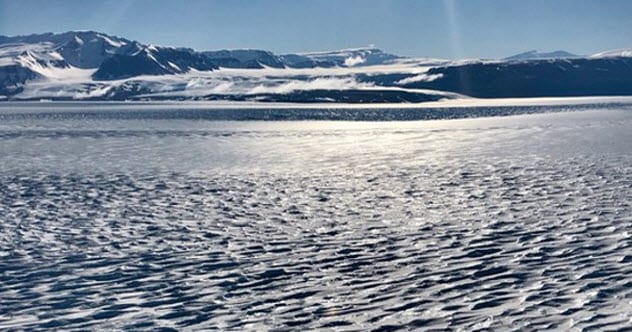
Antarctica has its fair share of mysteries. One of them is rather ironic—the icy continent has a hot spot.
In 2018, a radar survey found the anomaly in East Antarctica. This region is the last place where any kind of heat should appear. East Antarctica is a craton, or a massive piece of Earth’s crust. Magma is shallow in some regions of Antarctica, but not with this craton. The solid interior, as well as its thickness, should prevent warmth within the planet from seeping back to the surface.
Yet the ice sheet closest to the crust is melting, another sign of something hot down there. Analysis showed that global warming cannot be blamed in this case. The bizarre spot is insulated away from the atmosphere and is also quite old.
The truth remains elusive, but hydrothermal energy could be responsible. If there is a fault in the crust filled with water shuttling up and down between the hot lower depths to the ice sheet, it could cause melting.[2]
8 Woodleigh’s True Size

Woodleigh Crater is an ancient impact site near Shark Bay in Australia. The crater’s size remains a hotly debated issue. Since the crater is buried, an accurate assessment is difficult, although past research placed the diameter at around 60–120 kilometers (37–75 mi).
In 2018, two researchers had no desire to join the controversy. When they examined a core sample from Woodleigh, it was to see how the common mineral zircon behaved during the high pressures of an impact. They were amazed to find reidite instead.
To be fair, reidite is zircon. However, it is an exceptionally rare transformation of zircon. Created during the high-pressure moment when space rocks slam into Earth’s surface, reidite has only been found six times. The discovery could swing the Woodleigh debate.[3]
To amass the kind of pressure needed to create reidite, only certain size craters can produce this priceless mineral. They must be over 100 kilometers (62 mi) in diameter, which would make Woodleigh the biggest meteorite hit in Australia. Some suggest the crater could dwarf the one in Mexico (thought to be the rock that killed the dinosaurs), which measured 180 kilometers (112 mi) across.
7 The Tree Fight
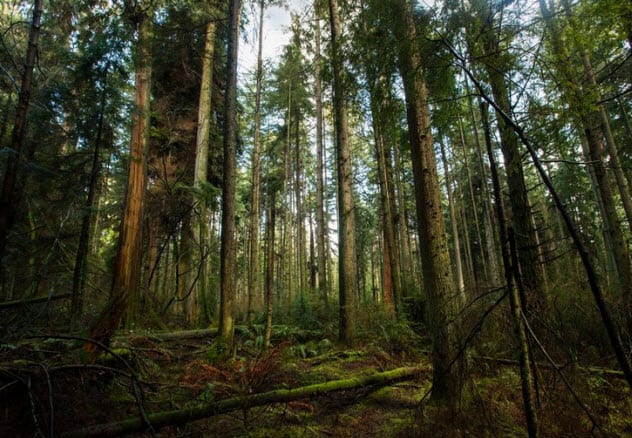
There is a battle going on in the scientific community. An undeniable amount of evidence suggests that trees are not just wood soaking up sunshine. Studies have identified behaviors that include pain reaction, chemical warning signals to other trees, and the nourishment of saplings and other adults through a subterranean fungal network. They also recognize “family,” or genetically related trees.
This is a far cry from how scientists used to view a forest. The fact that trees are organized, almost like an insect colony, is not really the issue. Both sides agree that these plants show remarkable abilities. However, one question turns things ugly. Are trees doing it on purpose?
Those who support sentient trees believe that these entities operate with intelligence, although it is misunderstood by humans. This is appalling to critics, who feel that chemical reactions to stimuli such as damage, predators, and nutritional needs dictate how trees respond.[4]
Whether trees have free will or automatically react to their environment, they still behave in ways that scientists are just beginning to understand.
6 Earth Consumes Its Oceans
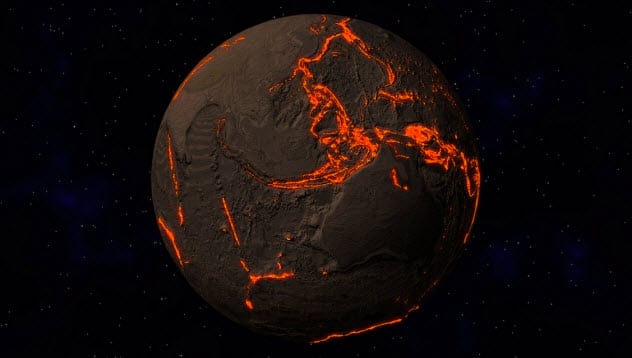
Earth has several tectonic plates. Often, when one is forced to slide underneath the other, this causes earthquakes. The process also pulls a huge amount of seawater down into the deeper layers of the planet.
Recently, scientists listened to seismic sounds at the Marianas trench where the Pacific plate is dipping under the Philippine plate. They wanted to use the rumblings to calculate just how much water got swallowed this way. Sensors tracked the velocity of earthquake echoes and especially listened for those slowing down as they passed through waterlogged material.
The result was shocking. Every million years, diving plates drag three billion teragrams of water into the Earth’s interior. A teragram equals a billion kilograms. This is three times more than previously thought.
The surprise did not end there. Earth’s deep water cycle should expel an equal amount, but not enough is being spouted by volcanoes or any other means. This inequality plus the fact that the oceans are not losing water volume means that science is missing something about how the planet shuttles water through its deepest plumbing.[5]
5 Creeping Mud Blob
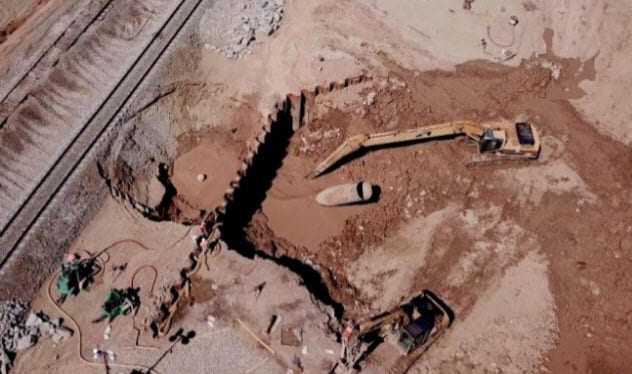
The Niland Geyser was born in 1953. The mud pool appeared in California’s Imperial County and bubbled placidly for decades. This changed 11 years ago when Niland’s mud began to creep over dry soil.
At first, the pace was so slow that nobody cared. However, in 2018, the flow picked up and became unstoppable. This was a huge problem since the mud’s direction threatened a state highway, train tracks, fiber optic telecommunications lines, and a petroleum pipeline.[6]
All attempts to stop the mud failed, including an ambitious steel wall that was 22.9 meters (75 ft) deep and 36.6 meters (120 ft) long. The blob merely slipped underneath the barrier and sludged forth. A new railway line was built to circumnavigate the remorseless mud, but the flow could eventually close down state route 111 and force engineers to build a bridge instead.
The geyser, which had been declared an emergency, not only poses a threat to things in its path but also leaves behind a damaged trail. Similar to a bog, a large amount of moisture softens everything up to 12 meters (40 ft) down, ruining the land for future construction.
4 Frankenstein Worms
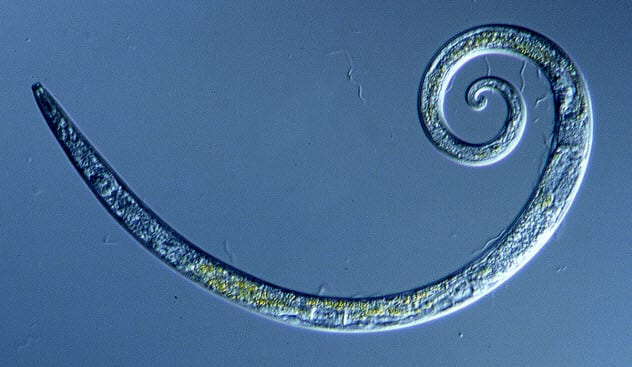
In 2018, Russian scientists extracted 300 soil samples from the Arctic. The frozen cores were recovered at different locations and represented various geological eras. Back in the laboratory, several 42,000-year-old samples contained worms.
Called nematodes, they had been frozen solid inside the permafrost for all that time. The tiny creatures were moved to a petri dish and left to thaw at 20 degrees Celsius (68 °F). It took the worms a few weeks, but they came back to life.
The dish was filled with a nutrient medium. Appearing unaware that they had stopped living for thousands of years, the nematodes started feeding. This amazing feat set the record for successful cryogenic suspension in animals.[7]
Naturally, this piqued the interest of researchers trying to freeze humans for posterity. The fact that Pleistocene-era nematodes can survive having their entire bodies frozen, especially without side effects, is remarkable. Something protects them from the ravages of ice and oxidation. This mysterious mechanism can prove invaluable to several medical fields, including astrobiology and cryomedicine.
3 Brazil’s Termite Mounds
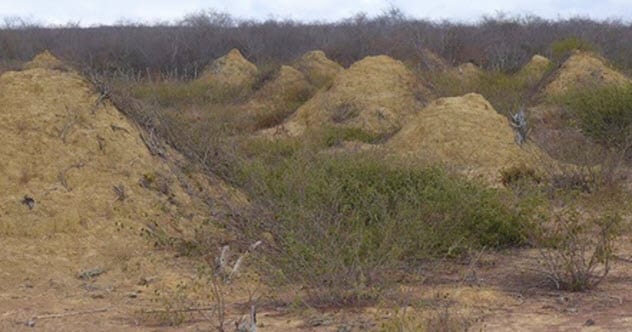
A few decades ago, a strange thing emerged from Brazil’s forest. As people cleared land for farming in the northeast, termite hills began to appear. Their sheer size was noteworthy. But in 2018, a study revealed the true magnificence of what the creatures had accomplished.
Thus far, about 200 million have been found and they are enormous. Visible from space, each contains around 50 cubic meters (1,800 ft3) of soil. Most measure 2.5 meters (8 ft) high with a diameter of 9 meters (30 ft).
Together, the hills cover an area as big as Great Britain and have an excavated volume of 10 cubic kilometers (2.4 mi3). This equals about 4,000 Great Pyramids of Giza. Speaking of which, the hills roughly dated back to the time when the Egyptians built the pyramids.
For 4,000 thousand years, termites have constructed the mounds as tunnels—not nests—to reach food on the forest floor. Incredibly, the termites have never gone. They still occupy what researchers are calling the “greatest known example of ecosystem engineering by a single insect species.”[8]
2 Earth’s Biggest Organisms
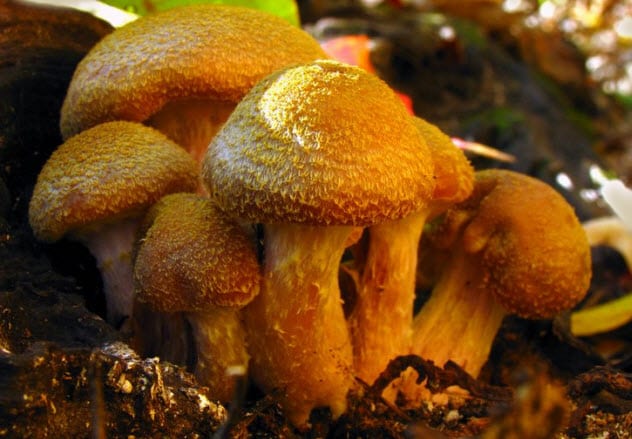
The blue whale may be the biggest animal in history, but it is dwarfed by a mushroom. At first glance, the sweetly named honey mushroom resembles a field of small shrooms. However, since it was found 25 years ago in Michigan, scientists suspected that the real “creature” lurked underground. Those caps belong to a single 1,500-year-old fungus spread across 91 acres.[9]
In 2018, new samples were taken and genetic tests confirmed the whole thing was indeed a single organism. The DNA also revealed a twist. The rate at which the mushroom evolved was slower than previously thought. This made everything bigger.
Calculations determined the fungus was 2,500 years old, covered four times its original territory, and weighed around 440 tons (the same as three blue whales). The Michigan mushroom was the first of its species to reveal how large they could grow, but another honey mushroom in Oregon now holds the record. That 8,000-year-old specimen hugs an area of 7.8 square kilometers (3 mi2).
1 Solar Storm Detonated Bombs
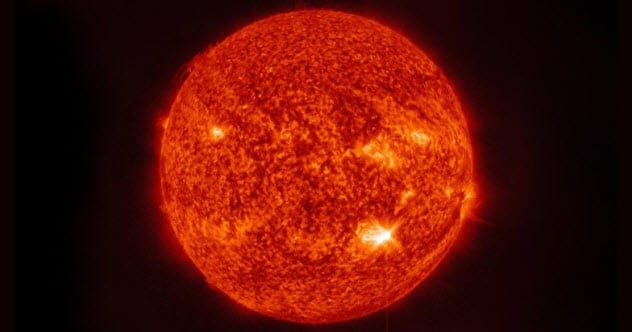
In 1972, a US military plane flew over a minefield off the coast of Hon La in Vietnam. The crew noticed up to 25 bombs detonate in the water, all within 30 seconds. Another 25 to 30 mud splats suggested earlier explosions. The incident was reported, classified, and filed away.
In 2018, the document became public and revealed an extraordinary incident—a solar storm had triggered the mines. As much as people in the 1970s understood that solar activity manipulated Earth’s magnetic field, it could not be proven that the Sun messed with the mines. (The bombs were designed to destruct during magnetic shifts.)
A solid clue was the intense solar activity recorded around the time the detonations took place. This was the main reason the navy suspected a space storm.[10]
Modern scientists agree. In particular, one coronal mass ejection was identified as the culprit. It behaved like a whip and struck at Earth with unusual speed. Researchers believe earlier flares cleared the planet’s magnetosphere, which added power to the coronal slash.
For more freaky wonders of nature, check out Top 10 Pink Wonders Of The Natural World and 10 Natural Things You Won’t Believe Actually Exist.
